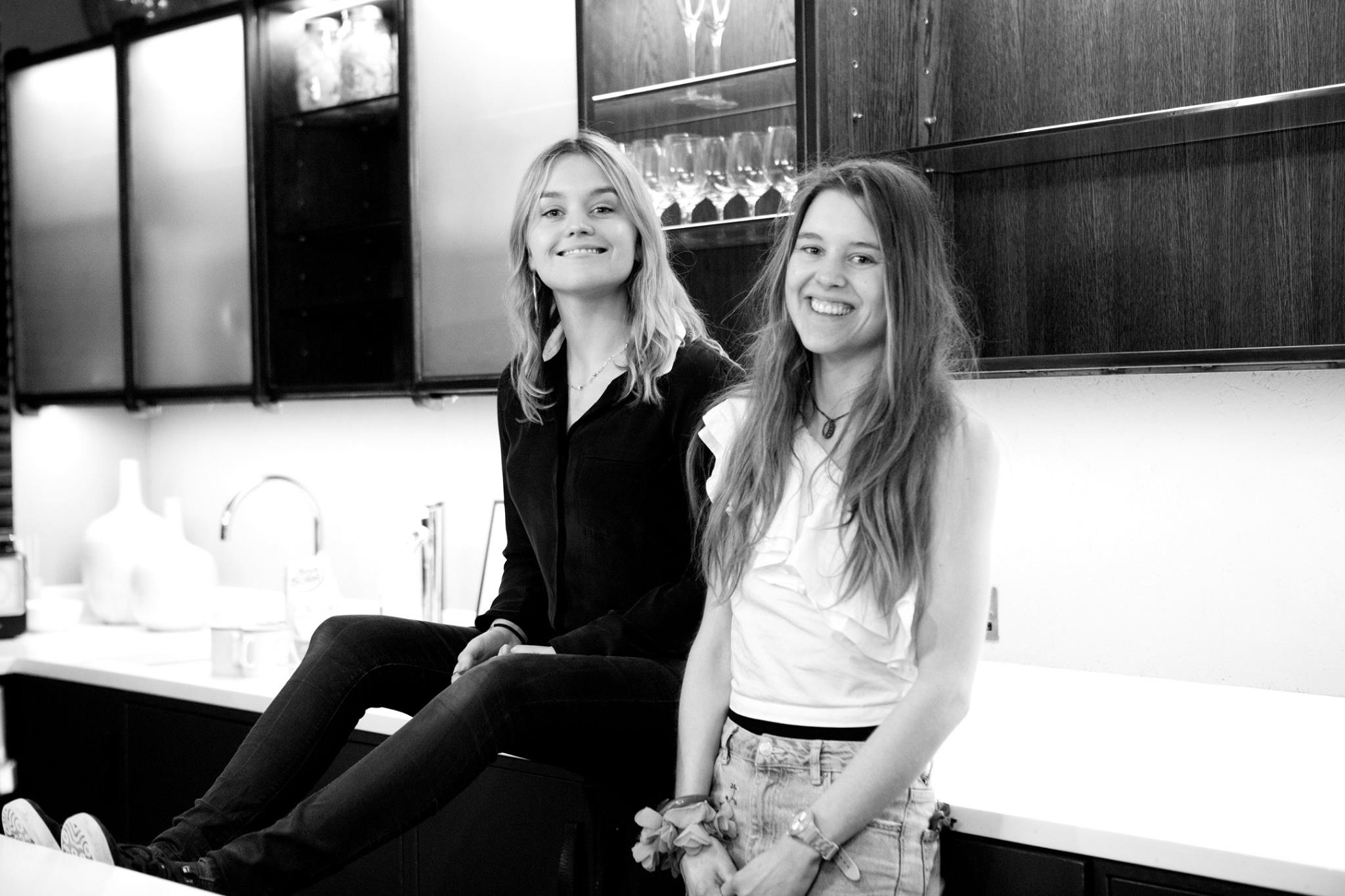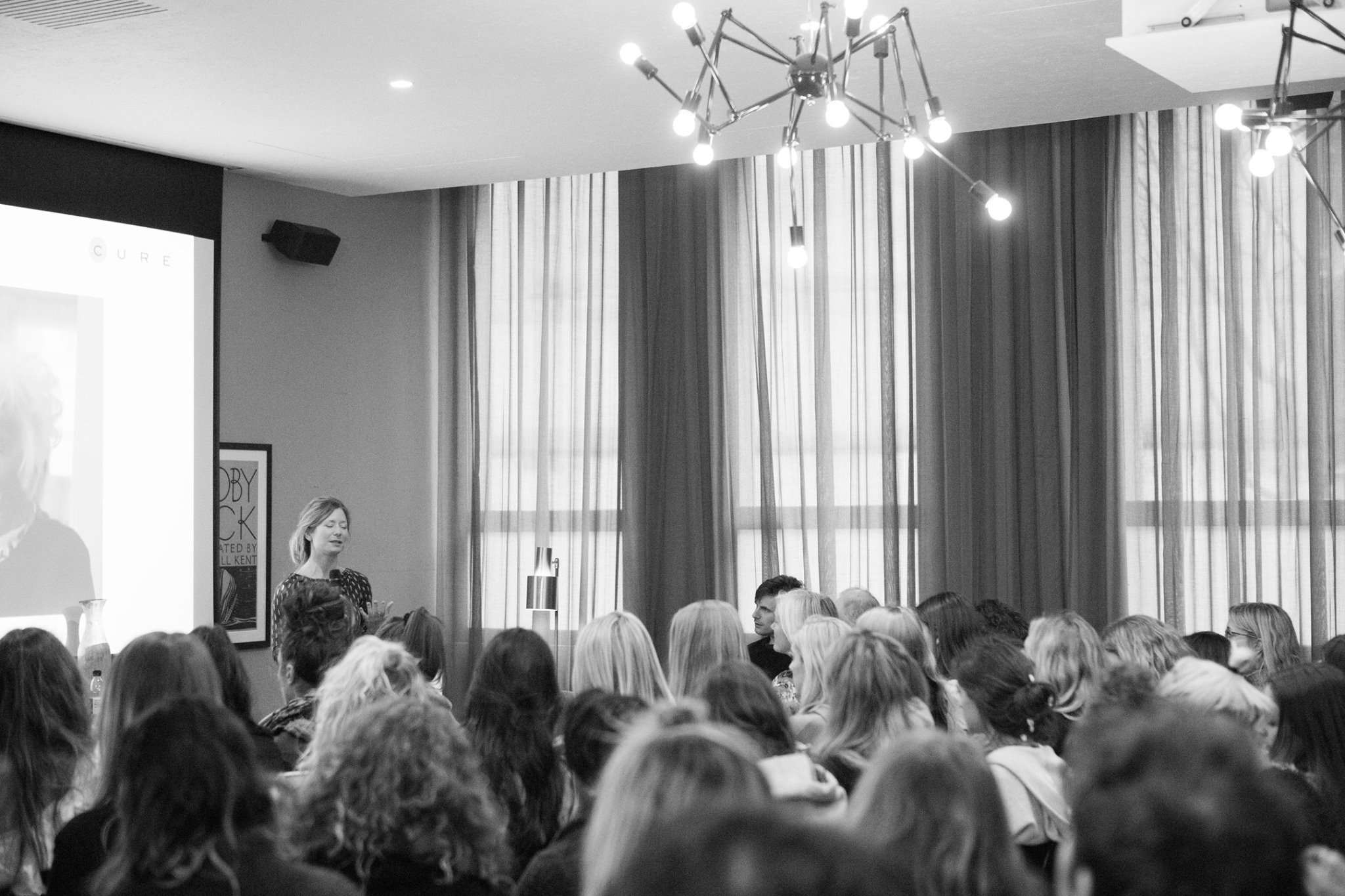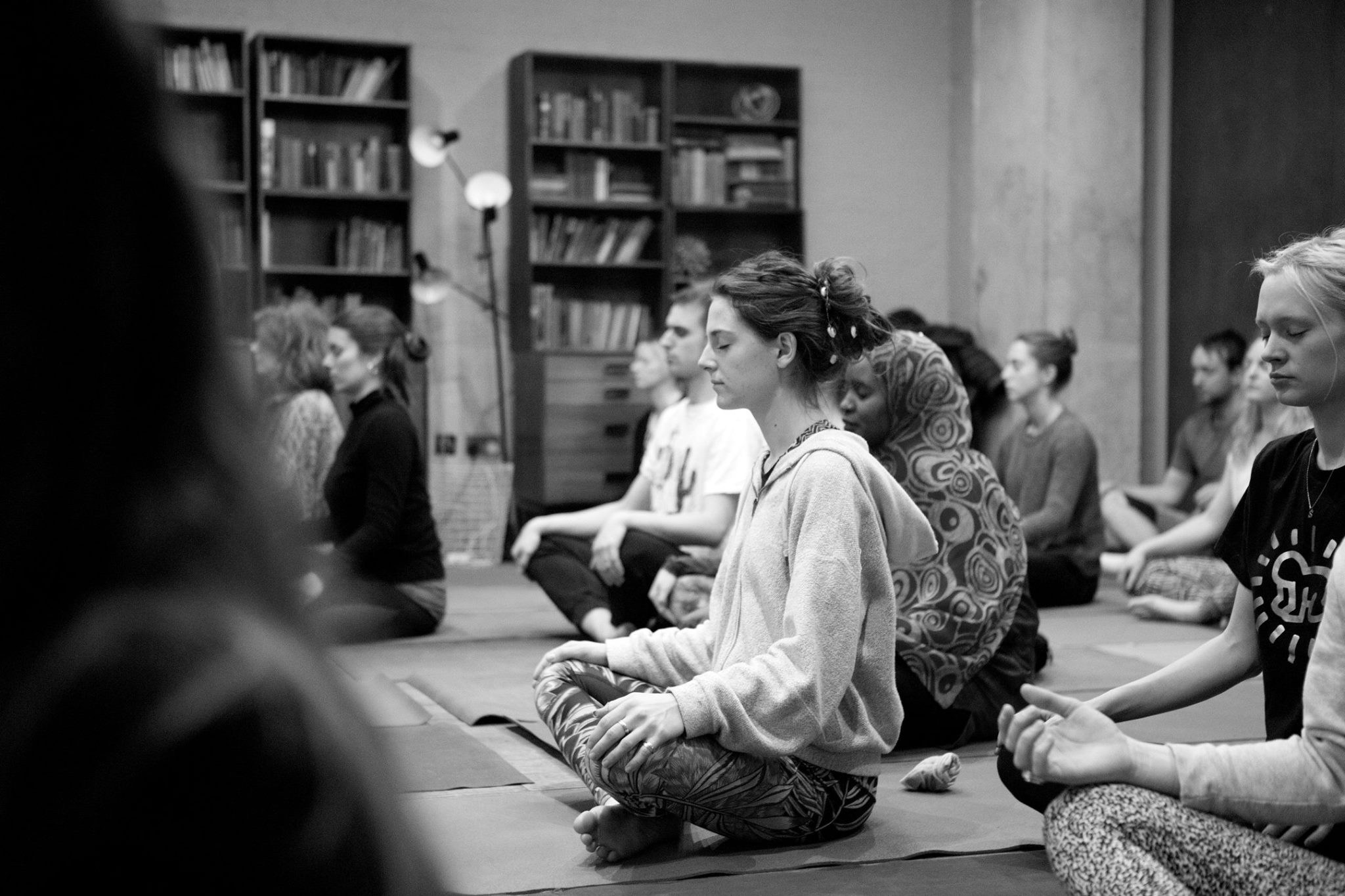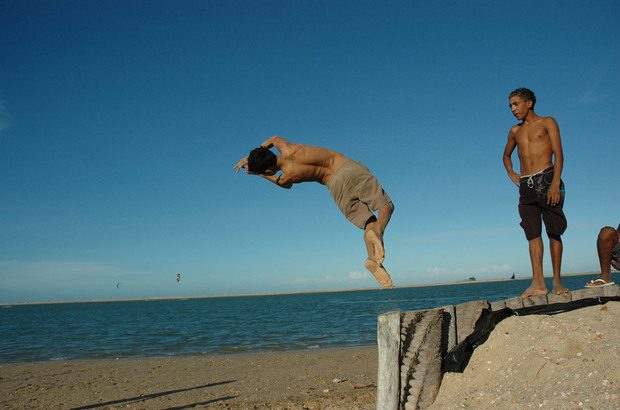SOPHIA COMPTON embraces Advaya Initiative’s philosophy of interconnectedness.
Advaya’s day of talks, workshops, eating and meditation—centred on investigating the relationship between mind and body—is now captioned in my memory with the words ‘You are me and I am you’. Taken from Lily Ashley’s performance piece, which ended the day’s (body- and) mind-blowing activities, this sentence encapsulates Advaya’s holistic philosophy. The thought that echoed through all talks and workshops was the ecological mantra of interconnectedness—the idea that just by changing your own habits and thought processes you are, in a small but not insubstantial way, changing the world.
The word ‘interconnectedness’ can sound worthy but vapid—impossibly all-encompassing. This article will not be the first place you hear somebody talking about how we are ‘at one with nature’ or even ‘creation’; these terms can take on an evangelical stain that is easily satirised and easily dismissed. Through Advaya, an environmental collective who put on events, workshops, talks, pilgrimages and teach yoga (run by sisters Christabel and Ruby Reed), I saw what this interconnectedness really looks and feels like: they orchestrated a day that offered practical demonstrations of this “interconnected” way of living. I want to figure out how Advaya made this eureka moment possible—and demonstrate, as they showed me, that this concept is neither nebulous nor impractical, but in fact basic, and vital sense.

Through disciplines ranging from yoga and dance to cognitive hypnotherapy and neuroscience, the day provided a powerful rejection of the ideas that humans are somehow separated from wider nature, and that the mind is distinct from (and superior to) the body. Advaya believes that in order to reconnect these falsely segregated spheres we can first turn to our own bodies, looking at how we listen to them and treat them, what we put into and on them. Re-engaging with our bodies is a practical way to start breaking down wider cultural barriers. It is such a basic thought it sounds almost throw-away, but all the speakers demonstrated just how entrenched these separations are in cultural discourses. We are trained extensively to use our intellect, but our unconscious brains and learning to listen to the body is utterly ignored. The ‘unconscious’ brain is not pseudo-science: neuroscience offers visual evidence that the ‘conscious’ workings of our brains are a minute fraction of their general output. Health is considered a physical attribute, even a currency of seduction, rather than a vital concern, inside and out. The concept of physical integration with nature is far from platitudinous; instead it is alarmingly neglected.

Advaya’s well-chosen and awe-inspiring roster of speakers demonstrated that these concepts are based on basic, practical science and evidence. The best illustration of the fact that we are inextricably incorporated in nature is our bodies themselves. Our synapses are pre-programmed to deal with all the conditions we find ourselves in. World record breaking free-diver Sara Campbell (whose incredible trajectory is the subject of an article here) explained how when we enter water our synapses instruct our auditory and nasal passageways to seal up; if we go deeper our lungs shrink to the size of a walnut so that they are not buoyant. Our bodies are hard-wired to deal with the changing outside word. As neuroscientist Jo Marchant illustrated, thinking of the brain entirely collapses the mind/body distinction (further explored in another article here). As her research into the placebo effect shows, the way that medicine is administered and the thought-patterns in place in the patient are fundamentally important to their chances of recovery: mental attitude has a direct and physical effect on the body. Again this is intuitively obvious, but it is a truth that has long been denied by modern science. Thankfully the tide is finally shifting.

I think it is precisely because these philosophies are so holistic and universal that they end up sounding insubstantial or even self-satisfied when represented in words. That is why what Advaya does is so essential: they bring people together and place the lived and felt realities of these ideas in front of an audience’s eyes. Their events also include workshops, so that people physically engage with the concepts espoused. The day worked because—true to the calls of each speaker to end our overreliance on intellect over instinct—these ideas were not only stated but also illustrated in the life stories and physical presence of each speaker. Miranda Taylor personified yoga’s most unassuming, effortless and generous ethos; Sara Campbell exuded and embodied an indefatigable will power and marine-crystal-clear pattern of thought. Both women had previously had chronic pain, compounded by London work rhythms, before beginning to listen to their bodies; Campbell went from being a chronically ill PR girl to smashing through world records in the space of 9 months following a move to Egypt, with the help of Kundalini yoga. As the day’s indefatigable compere Guy Hayward said, there is hope for all of us.

These ideas might seem inaccessible on an everyday level. Although Campbell maintains that anybody could follow her example, I am not convinced I could break a freediving world record. However, a sense of the urgent relevance of these philosophies to everyday life was provided by the raw coda of Lily Ashley’s performance. She managed to connect the uplifting wonder the talks had instilled to gritty, mundane reality. The speakers’ hope was allied with a thread of despair and helplessness we all inevitably feel: far from holier-than-thou preaching, the wise words of Campbell and others were revealed by Lily to be a survival toolkit.
Nonetheless, there is a danger that Advaya’s way of revealing these elements might make their brand of eco-activism seem like an elitist luxury. The Advaya crowd—which includes many creative, hard-working people dedicated to social projects—were also undeniably privileged. As the talks demonstrated, what needs to be challenged are the limiting factors that keep these ideas from widespread application. This, of course, reflects wider problems in our society, where fresh, good-quality food or opportunities for engaging in exciting forms of exercise are far less accessible to people on low-incomes. Such notions do not fit within the money-making thrust of the world around us. The science Advaya showcased asserted how indispensable these so-called ‘luxury’ ideas are.
We need to reprogram our understanding of the world. Rather than drawing lines of separation—between body and mind, person and society, humans and nature—we need to emphasise interconnectedness. What Ruby and Christabel do at Advaya is fittingly physical: they get people together, face to face, to think about and act on these concepts, a task supported by Advaya Magazine. Their mantra, inspired by the monumental activist and Advaya supporter Satish Kumar, is ‘the health of the individual and that of the planet are two sides of the same coin’: this concept is in no way remote or unachievably idealistic. In view of the seemingly insurmountable mass of problems broadcast each day, it is a relief to note that the healing process of the world can and must start with our own bodies.
Find out more about Advaya from their website and check out their next event here.
Read more about Lily’s performance: here.





